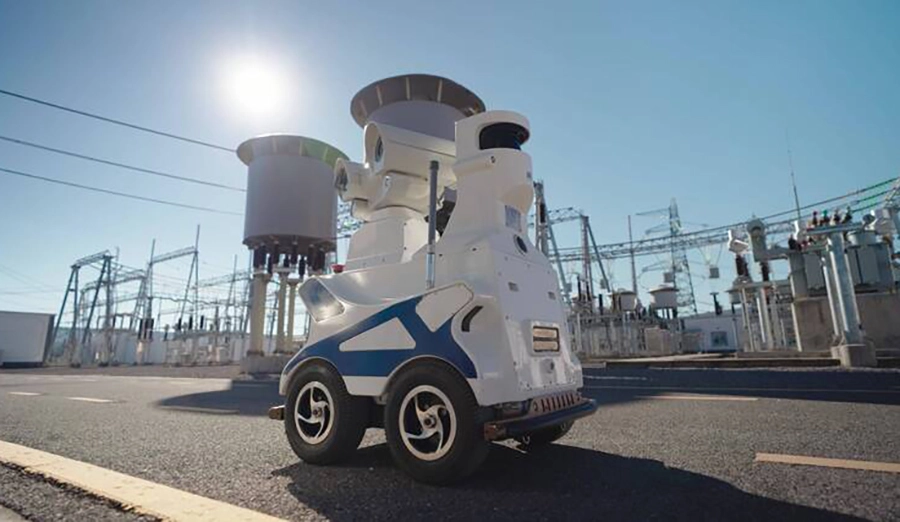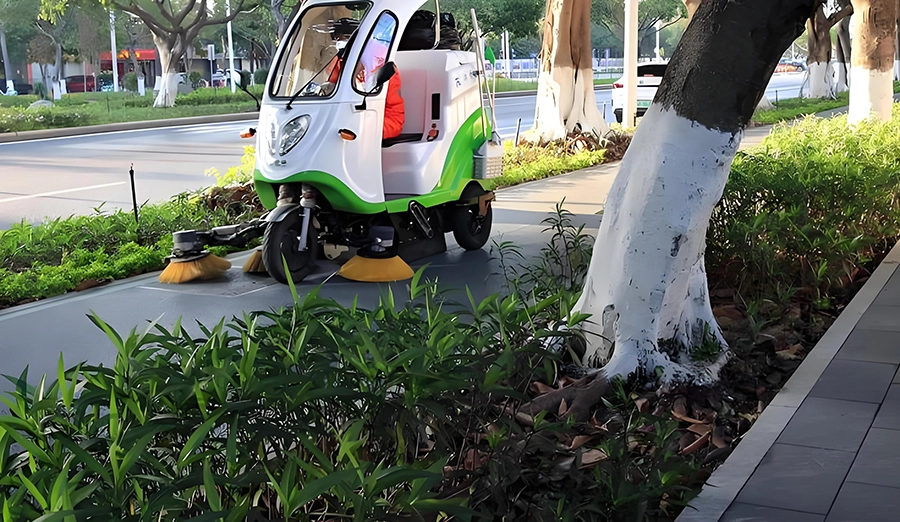
WIRELESS CHARGING IN THE NEWS
According to technical principles and application scenarios, the charging piles for AGV (Automated Guided Vehicle) handling robots are mainly divided into the following five forms:
Contact-type charging piles (conductive type)
Electrical energy is transmitted through physical contact of metal electrodes, which is divided into sliding contact type (track charging) and pin insertion type.
Features: Simple structure, low cost, high charging efficiency (up to 95%), but the battery is prone to wear and tear, requires regular maintenance, and there is a risk of sparks. It is suitable for environments with low dust and low humidity.
Typical scenarios: Factory warehouse AGVs, material handling vehicles on production lines.
2. Wireless charging piles (induction type)
Based on the principle of electromagnetic induction, electrical energy is transmitted non-contact.
Features: No physical contact, high safety, supports automatic charging (AGV charges as soon as it stops), but the efficiency is relatively low (about 80% to 90%), and the cost is high. It is suitable for scenarios with high frequency and high automation requirements.
Typical scenarios: medical logistics AGVs, dust-free environments in semiconductor workshops.
3. Battery swap cabinet (Battery pack replacement)
The AGV can directly replace the spare battery without waiting for charging.
Features: Fast energy replenishment speed (35 minutes), but requires backup batteries and mechanical battery swapping devices, with a large initial investment. It is suitable for logistics centers that operate continuously for 24 hours.
Application case: JD's "Asia No.1" warehouse has adopted battery swap AGVs, increasing the average daily operation time by 40%.
Contact and wireless charging are the mainstream solutions, while battery swap cabinets focus on high-intensity operations. When making a choice, a comprehensive consideration should be given to cost, efficiency, environmental adaptability and operation and maintenance complexity.







